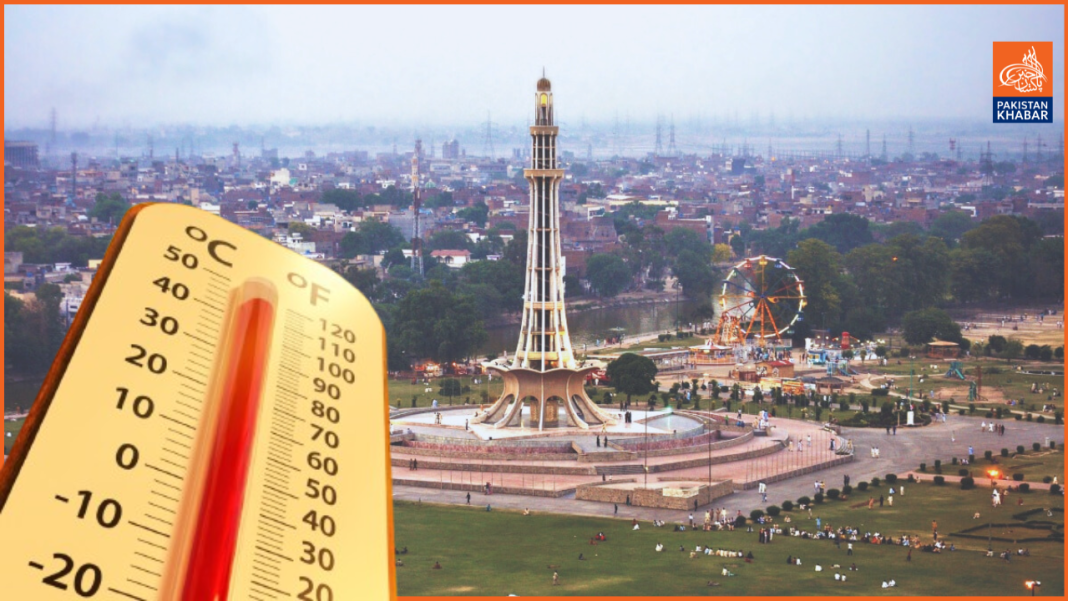Lahore is currently experiencing a severe heatwave, with temperatures soaring to 40°C. The Pakistan Meteorological Department (PMD) has forecasted that this intense heat will persist, potentially reaching up to 45°C by the end of April.
The city recorded a minimum temperature of 23°C, and the ongoing dry conditions have led to increased use of air conditioning in homes and offices. Meteorologists predict no rainfall for the next two to three days, indicating that the heat will continue unabated.
Environmental experts attribute the rising temperatures to rapid urbanization and population growth, which have significantly reduced Lahore’s green spaces. Between 2010 and 2017, the city lost 70% of its tree cover, exacerbating the urban heat island effect.
The PMD has issued a heatwave alert for various regions, including Punjab, predicting temperature increases of up to 5°C from April 26 to 30. Upper Punjab and Islamabad may see temperatures rise by 4 to 6°C during this period.
Authorities are urging residents to take precautions: stay hydrated, avoid direct sunlight, and limit outdoor activities during peak heat hours. The situation underscores the urgent need for sustainable urban planning and climate resilience measures to mitigate the impacts of extreme weather events.



